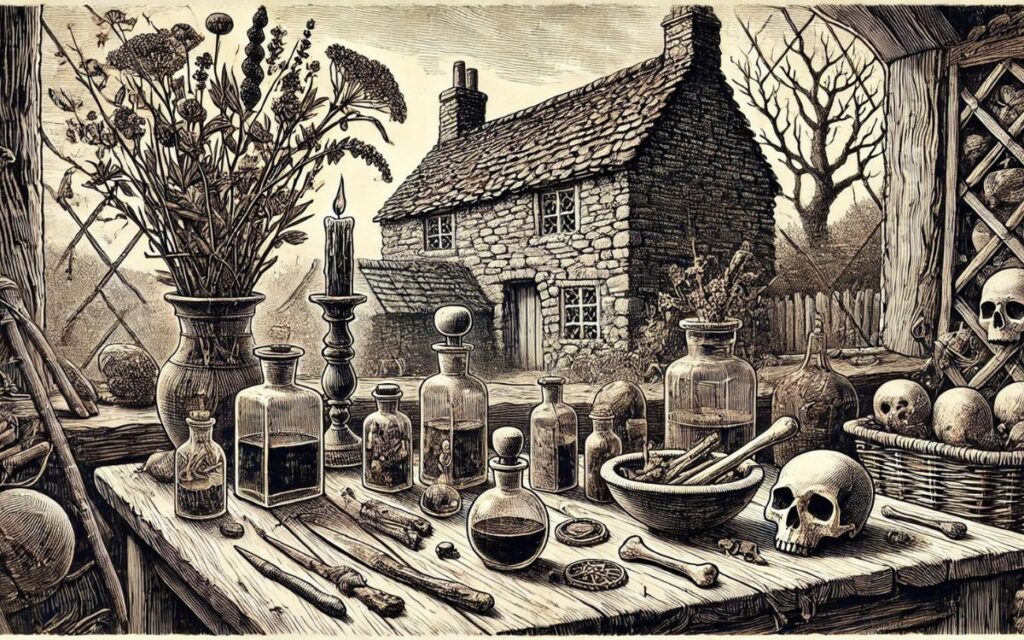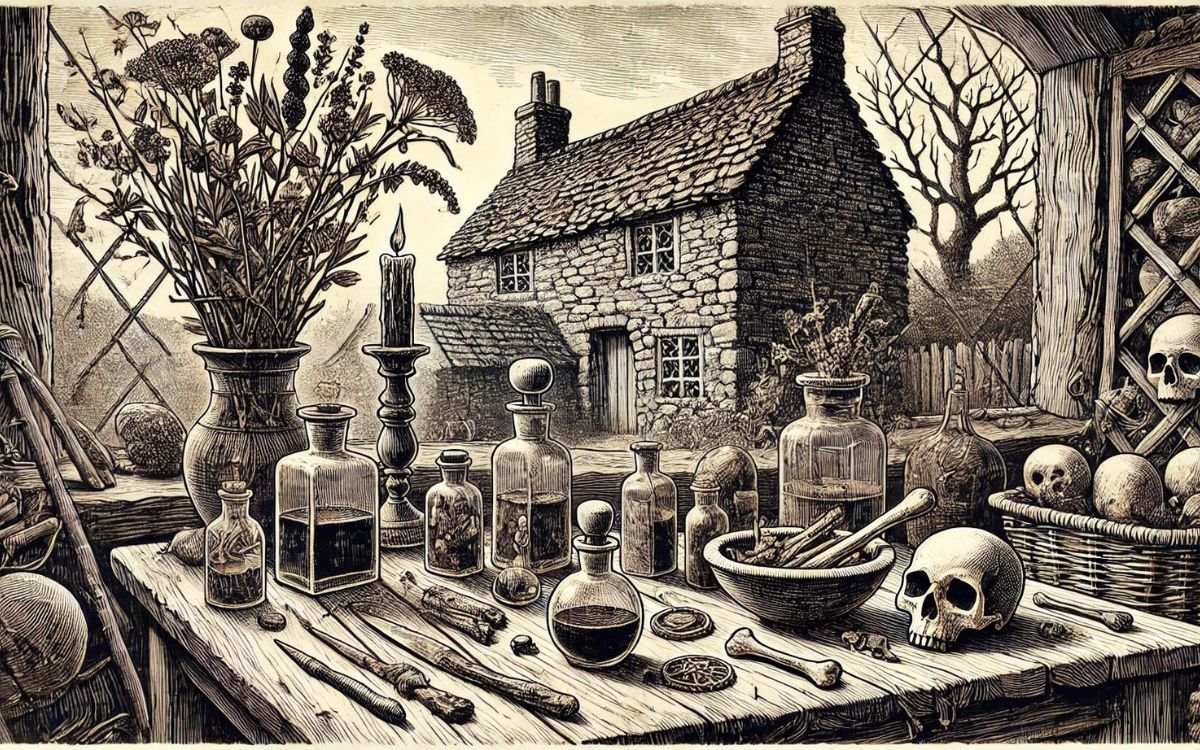Jemmy Whitehat, a 17th-century witch doctor from Heywood in Lancashire, used powerful protective rituals that left a mysterious and lasting mark on history, writes GEMMA JOHNSON

The phrase “Witch Doctor” conjures up many images. Perhaps, when you hear it, you think of the occult – someone who practises voodoo and conjures spells.
On the other end of the scale, you may think of someone who uses alternative methods for spiritual and physical health and wellbeing.
There are self-proclaimed “Witch Doctors” around today. A quick internet search provides a wide range of results, from curse removal to mediumship and lifestyle coaching.
In researching the actual definition, witch doctors are typically male, with origins grounded in African traditions. Practising witch doctors are trained in herbalism, magic, and ritual.
The role of witch doctor is far from modern. The term can be traced back to the early 17th century, coinciding with the witch trials, when witch doctors were called upon to help treat the physical and emotional consequences of witchcraft.
This is where the tale of Jemmy Whitehat begins.
Heywood is a small town within the Greater Manchester region. Its proximity to Lancashire meant that its occupants felt both the wrath and fear generated by the witchcraft panic of the early 17th century.
Just a few miles over the hills lie Pendle and Samlesbury, towns that were subject to much attention during the witchcraft trials.
Accusations of witchcraft were not exclusive to these areas. Women across the country were blamed for poor harvests, the death of cattle, and the outbreak of illness. Heywood did not escape this.
Ironically, there are instances of men, like Jemmy Whitehat, who offered protective charms and rituals to local villagers worried about witches’ curses. These men were often referred to as wizards because of the perceived potency of their protection.
Yet the women persecuted for suspicions of witchcraft were often hanged for minor reasons, such as bathing in a river or looking haggard. This contradiction highlights the stark differences in attitudes towards women in the 17th century and beyond.
Jemmy Whitehat, whose suspected real name was James Whitehead, was a resident of Heywood. However, his services were not exclusive to the town. People travelled from far and wide to obtain his protective charms.
Lucky stones, horseshoes, and sickles were among the favoured charms, alongside rituals involving trees and dead birds.
One particular incident heightened Jemmy’s reputation, which locals took as a clear indication of his powers.
Legend has it that Jemmy provided a special protection charm to the neighbour of a woman accused of witchcraft. The neighbour had experienced misfortune, and Jemmy promised that the charm would cause a painful death to anyone practising witchcraft nearby.
A few days later, the accused woman was found dead in her bed, having been mysteriously burned alive.
Curiously, there was no evidence of a fire in her home – only her body was burned.
The practice of using charms and rituals for protection continues today, though not necessarily in relation to witchcraft. Crystals, salt circles, and grounding techniques are modern examples.
I, for one, have my own protection rituals that I use before a paranormal investigation. Perhaps I have Jemmy to thank for this.
Tells us your thoughts on this article in the comment section below!



